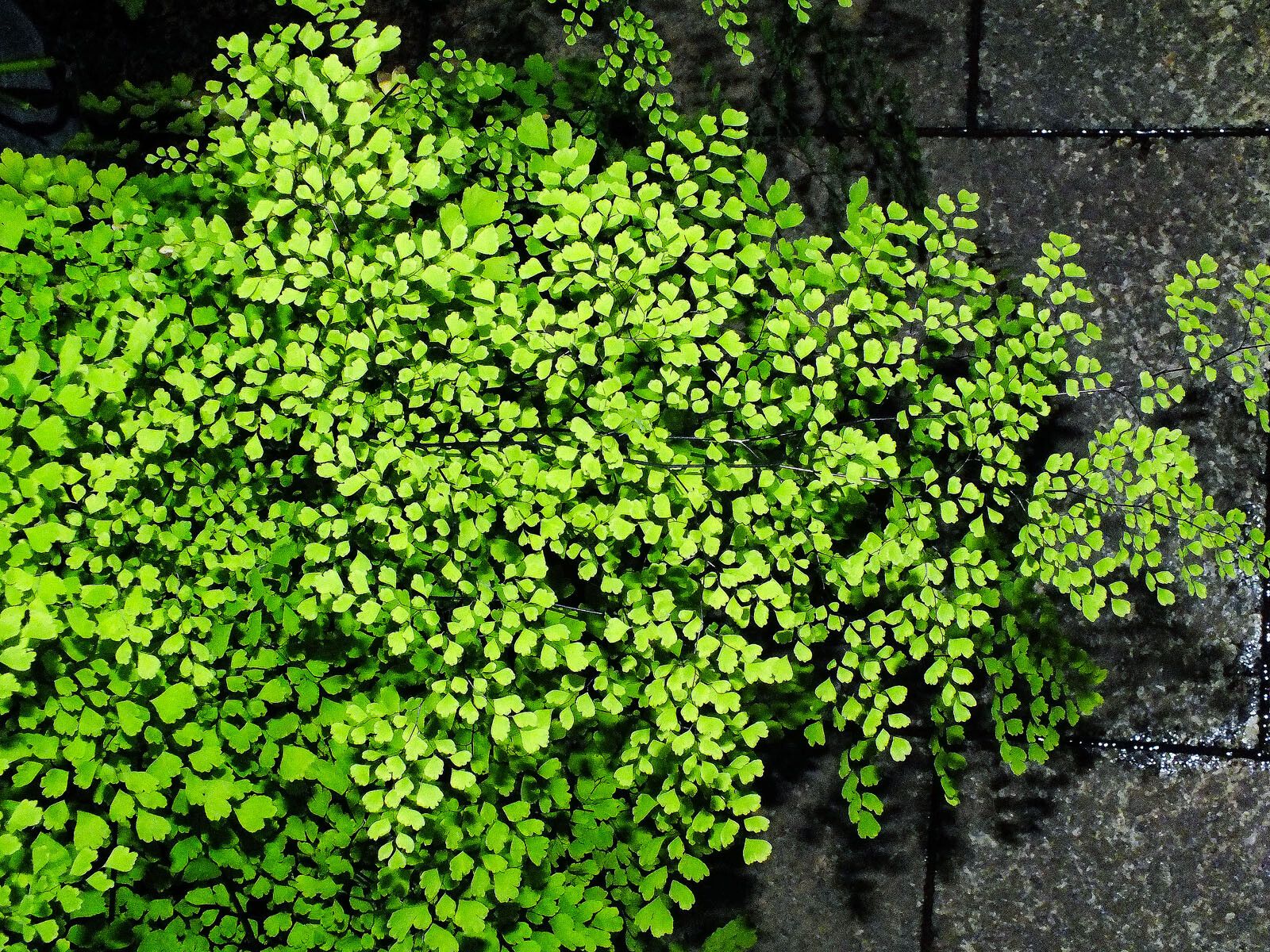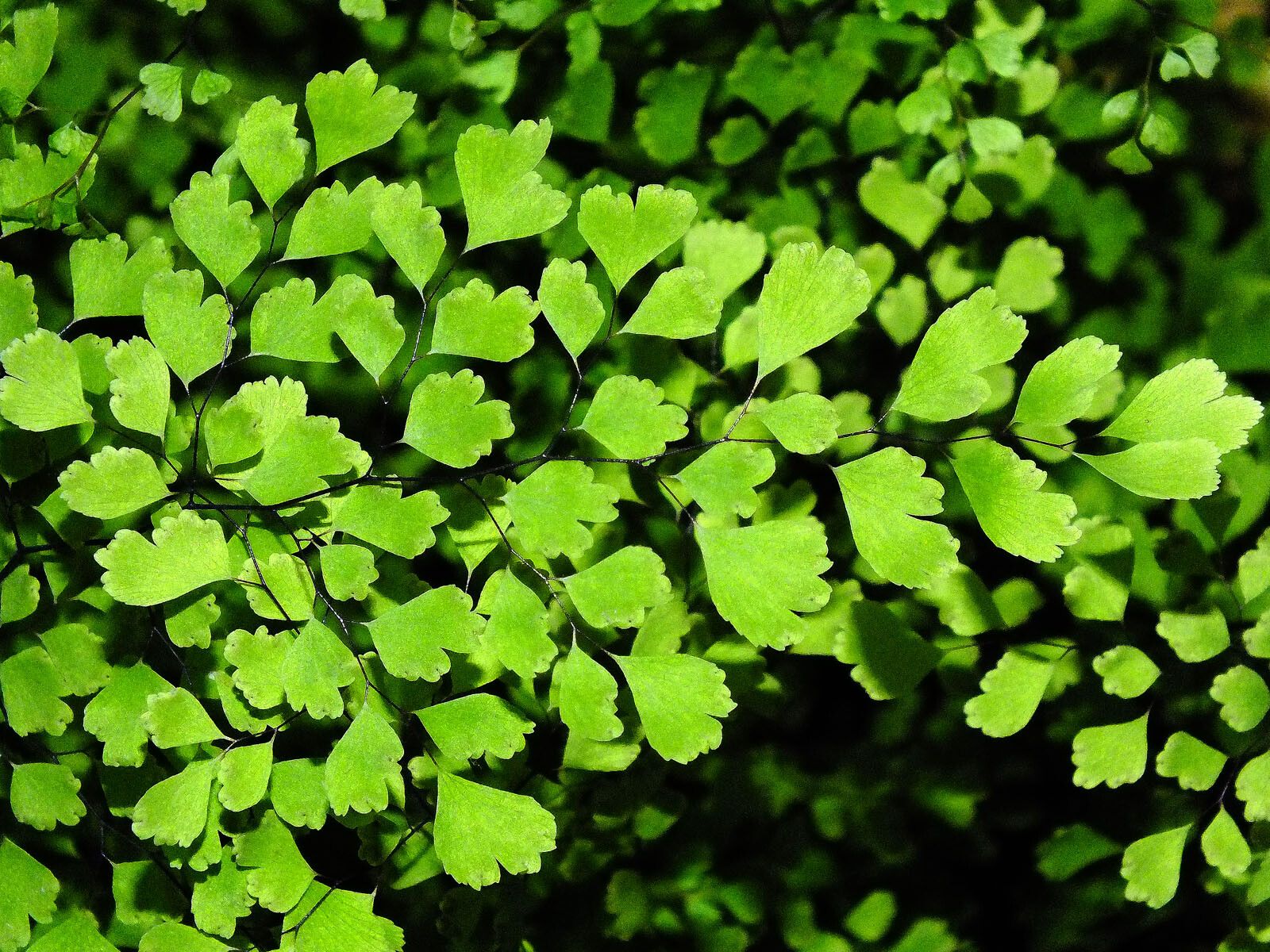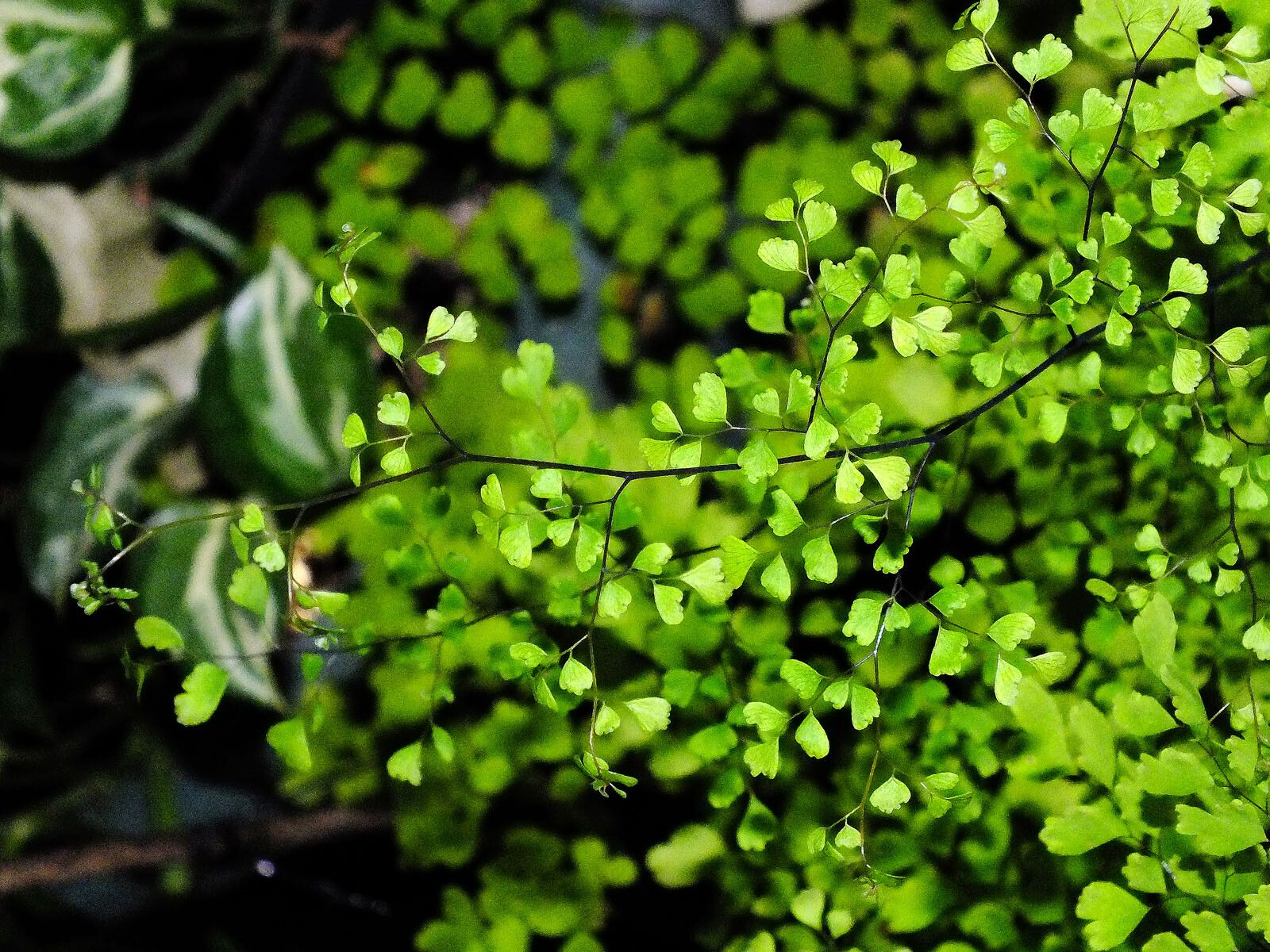ObservacionAdiantum capillus-veneris L.observat perA Andrzej KonstantynowiczAndrzej Konstantynowicz2023 d’agost 4
Andrzej KonstantynowiczAndrzej Konstantynowicz2023 d’agost 4
observat per Andrzej KonstantynowiczAndrzej Konstantynowicz
Andrzej KonstantynowiczAndrzej Konstantynowicz
A
2023 d’agost 4
Determinacion
Proposed determination
Nom pus probable (Nom somés)
100 %Confidence score
Suggest another determination
You don’t agree with the suggested species but don’t have another suggestion
COMENTARIS
Donadas suplementàrias
Data e creacion
Aug 5, 2023
Revision darriera
Oct 9, 2023
Łódź, Palmiarnia greenhouse
It is native to the southern half of the United States from California to the Atlantic coast, through Mexico and Central America, to South America; it is also native to Eurasia, the Levant in Western Asia, and Australasia.
Ornamental plant.
Pot plant.
Edible plant - the fronds are used as a garnish on sweet dishes; the dried fronds are used to make a tea; a syrup is made from the plant giving a refreshing summer drink.
Herbal plant - the fresh or dried leafy fronds are antidandruff, antitussive, astringent, demulcent, depurative, emetic, weakly emmenagogue, emollient, weakly expectorant, febrifuge, galactagogue, laxative, pectoral, refrigerant, stimulant, sudorific and tonic; a tea or syrup is used in the treatment of coughs, throat afflictions and bronchitis; it is also used as a detoxicant in alcoholism and to expel worms from the body; externally, it is used as a poultice on snake bites, bee stings; in Nepal, a paste made from the fronds is applied to the forehead to relieve headaches and to the chest to relieve chest pains.
Useful plant - the leaves are used as a hair tonic and to make a shampoo that is used as a treatment for dandruff.





